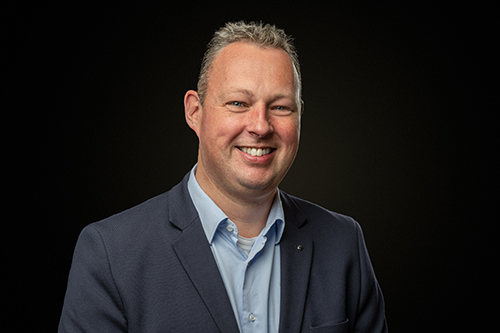LNG measurement
LNG is a relatively clean alternative to diesel or bunker oil, for example. However, a number of measurement challenges must be overcome before LNG can be deployed worldwide. VSL has laid the foundation for this, having built the world’s first LNG calibration and testing facility.
